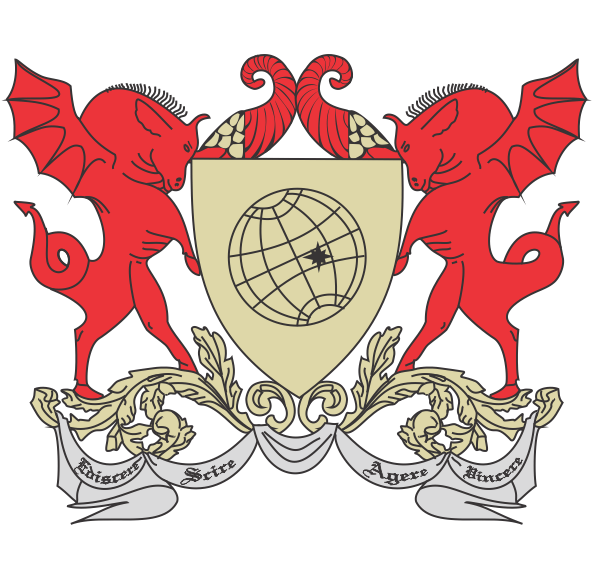

Hybridization as an Evolutionary Stimulus
"Hibridação como um estímulo evolutivo"
Mitchell B. Cruzan
Department of Biology
Portland State University - USA
The evolutionary importance of gene flow among lineages with independent histories (introgression) has been recognized since the middle of the 20th century. While the potential for introgression to precipitate significant adaptive transitions was first recognized for plants, it is now clear that historical recombination among divergent lineages has affected nearly all organisms including humans. Developing a thorough understanding of the processes and consequences of inter-lineage mating and introgression requires the analysis of populations in nature by experimental manipulation. As such, plants offer many of the most easily accessible systems for the study of hybridization. Cases of interbreeding among plant lineages continue to provide important insights into the evolutionary consequences of introgressive hybridization. I will discuss two examples of hybridization among divergent plant lineages that have produced adaptive transitions. In the first we will examine evolutionary changes in vegetative and floral traits in the Piriqueta hybrid zone in Southeastern North America. For the second example we will discuss evolutionary consequences of admixture among divergent lineages after multiple introductions of the newly invasive grass, Brachypodium sylvaticum (slender false brome) in the Pacific Northwest region of North America. These examples illustrate the potential for introgression to produce adaptive phenotypic shifts, and to create conditions that allow the purging of mutational load that contributes to inbreeding depression expressed in colonizing populations during range expansion. The importance of introgressive hybridization for future evolutionary trajectories of many species may be elevated as the distributions of species respond to global climate change.
Bibliography
Anderson, E., and G. L. Stebbins, Jr. 1954. Hybridization as an evolutionary stimulus. Evolution 8:378-388.
Anton, K. A., J. M. Rhode, and M. B. Cruzan. 2013. Pollinator-mediated selection on floral morphology: evidence for transgressive evolution in derived hybrid populations. J. Evol. Biol.
Cruzan, M. B. 2005. Patterns of introgression across an expanding hybrid zone: analyzing historical patterns of gene flow using non-equilibrium approaches. New Phytologist 167:267-278.
Picotte, J. J., D. M. Rosenthal, J. M. Rhode, and M. B. Cruzan. 2007. Plastic responses to temporal variation in moisture availability: consequences for water use efficiency and plant performance. Oecologia 153:821-832.
Ramakrishnan, A. P., T. Musial, and M. B. Cruzan. 2010. Shifting dispersal modes at an expanding species’ range margin. Molecular Ecology 19:1134-1146.
Rosenthal, D. M., A. P. Ramakrishnan, and M. B. Cruzan. 2008. Evidence for multiple sources and intraspecific hybridization at early stages of the invasion of Brachypodium sylvaticum (Hudson) Beauv. in North America. Molecular Ecology 17:4657-4669.